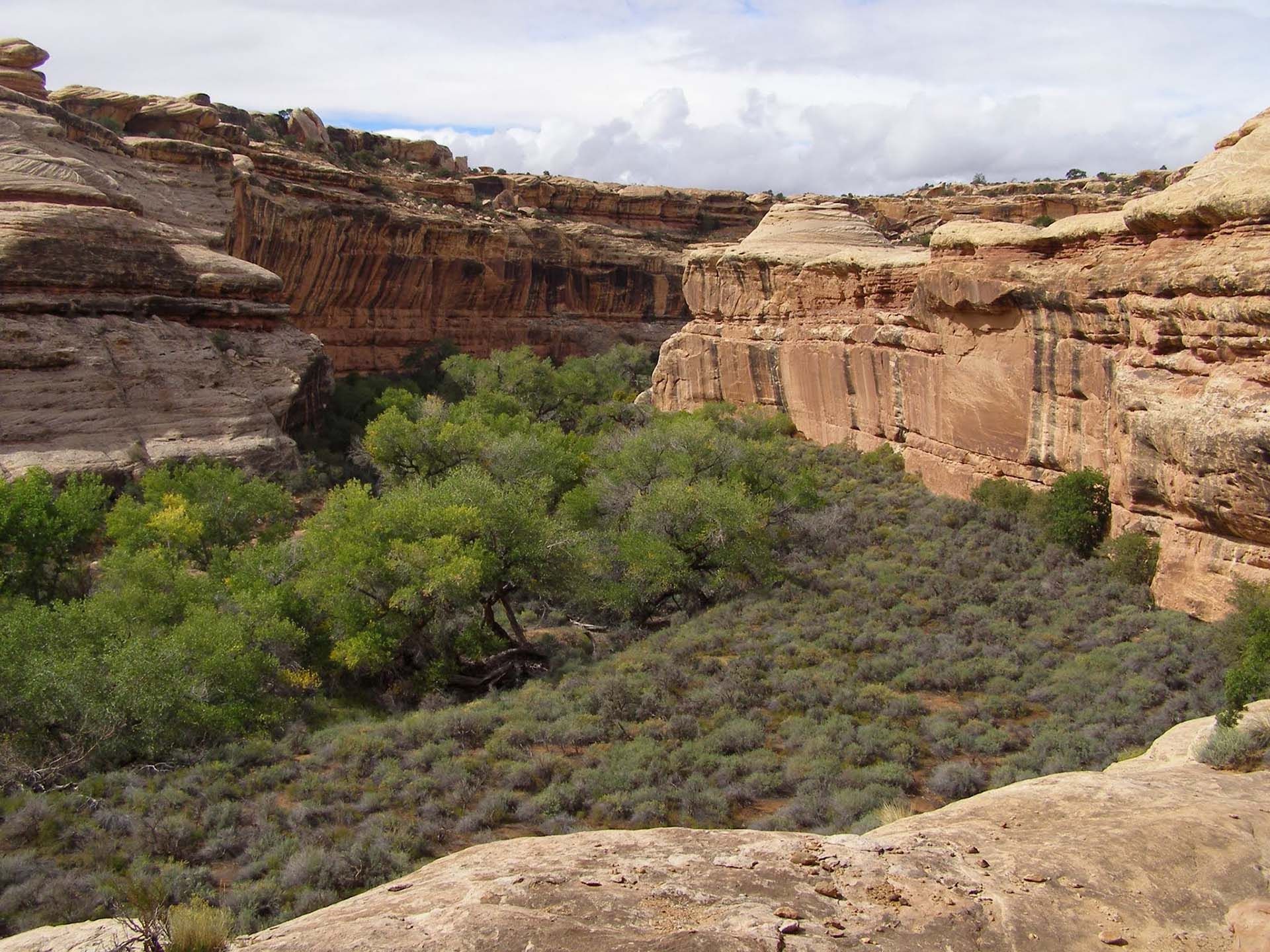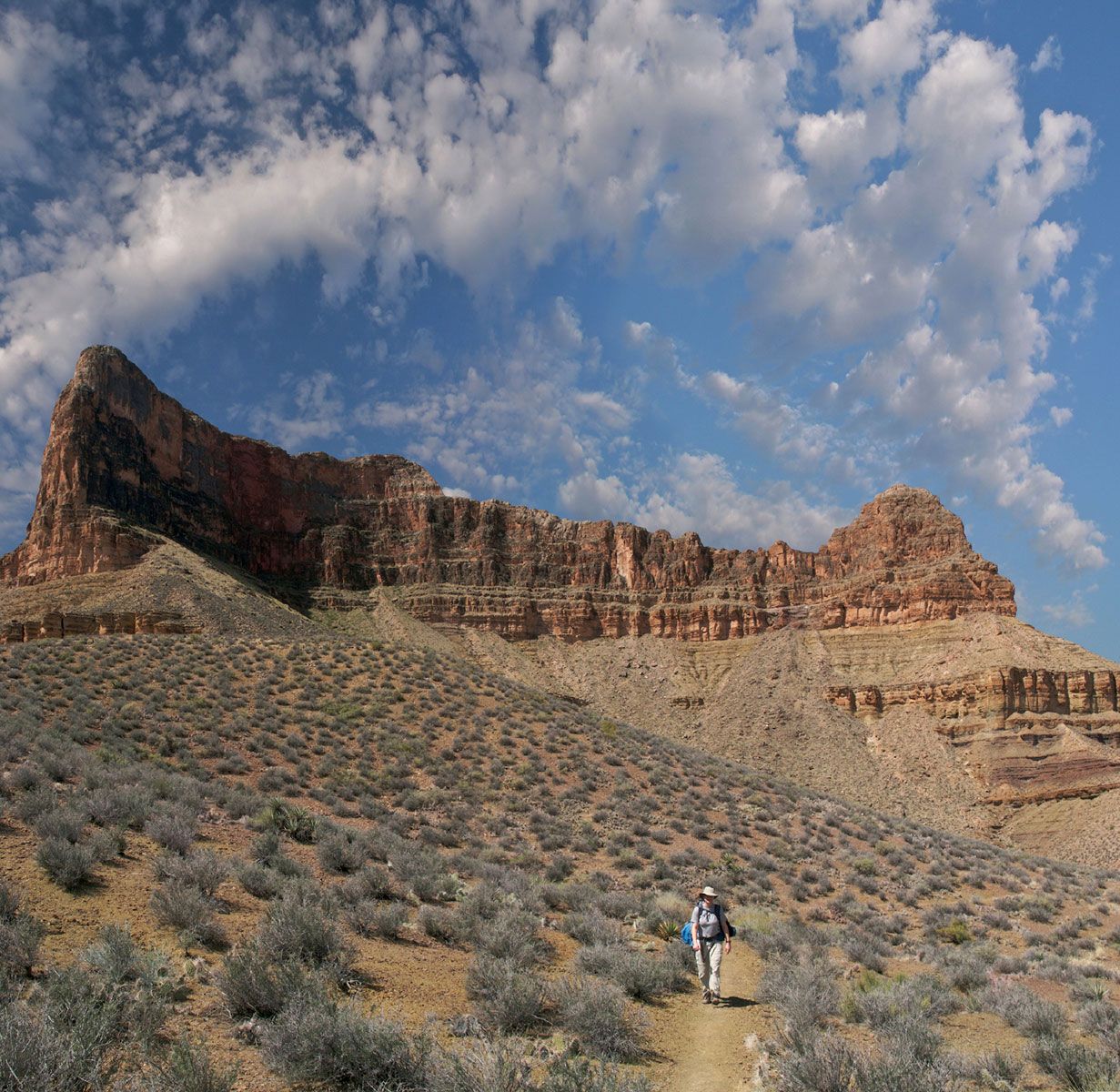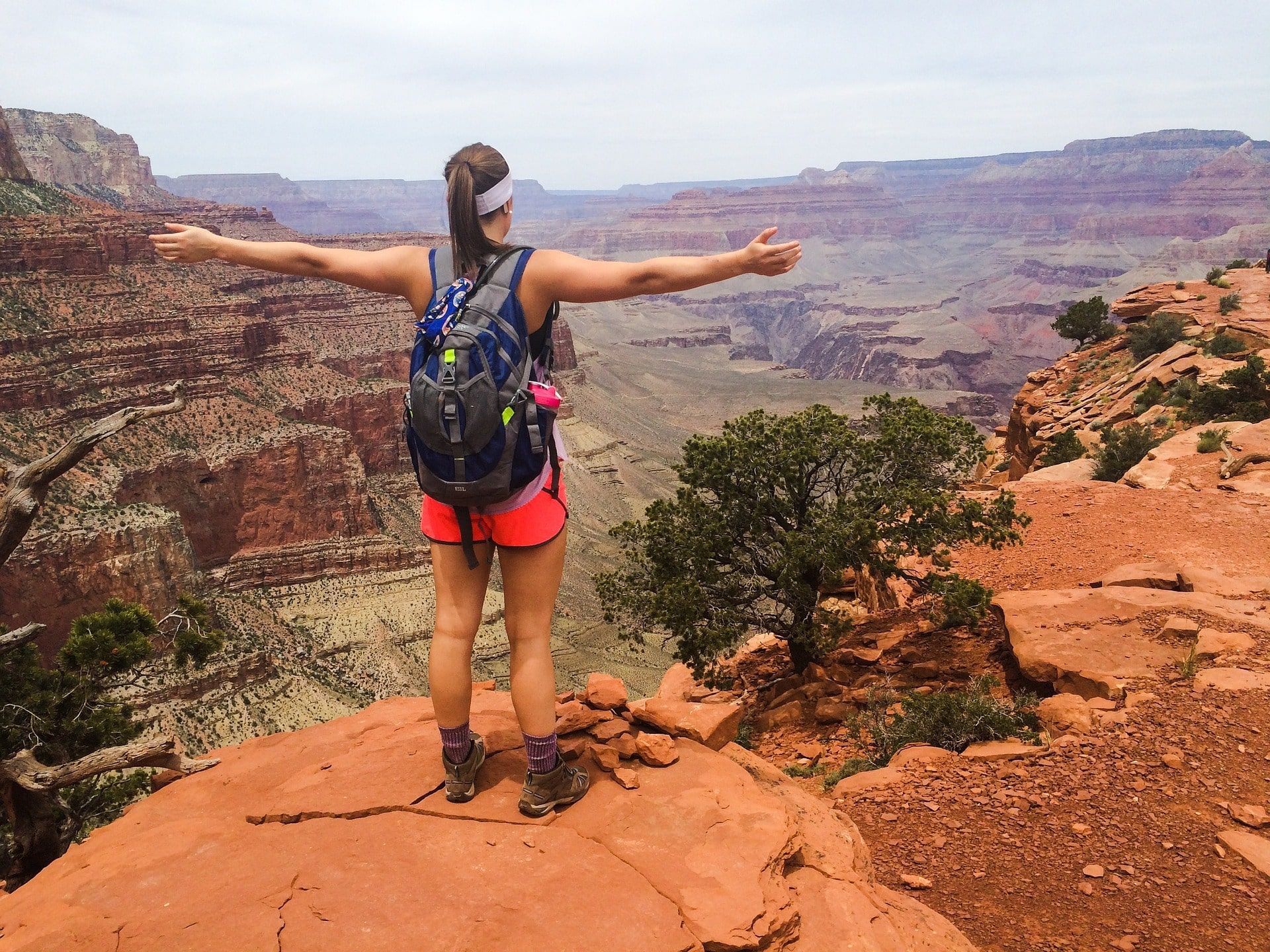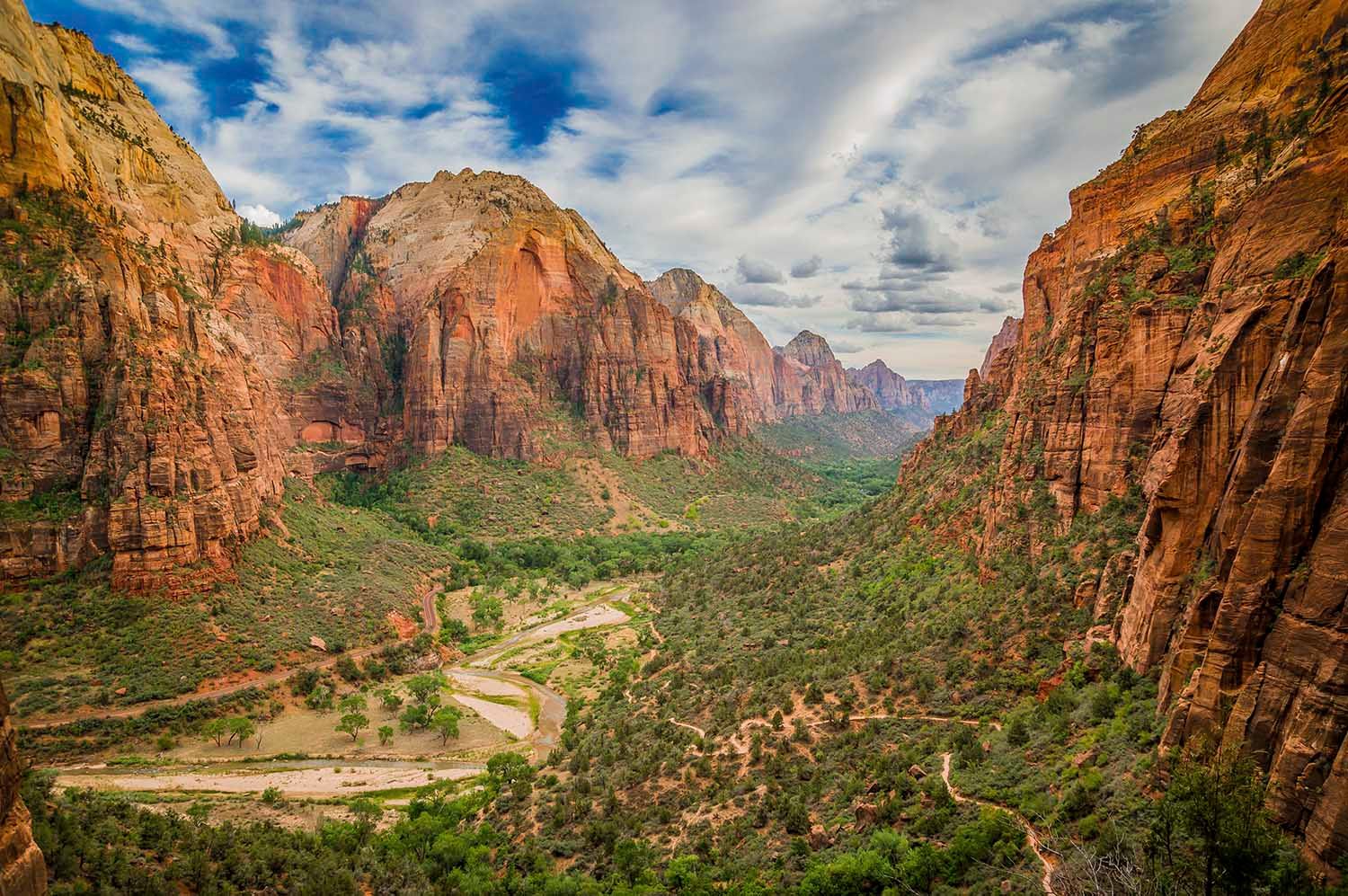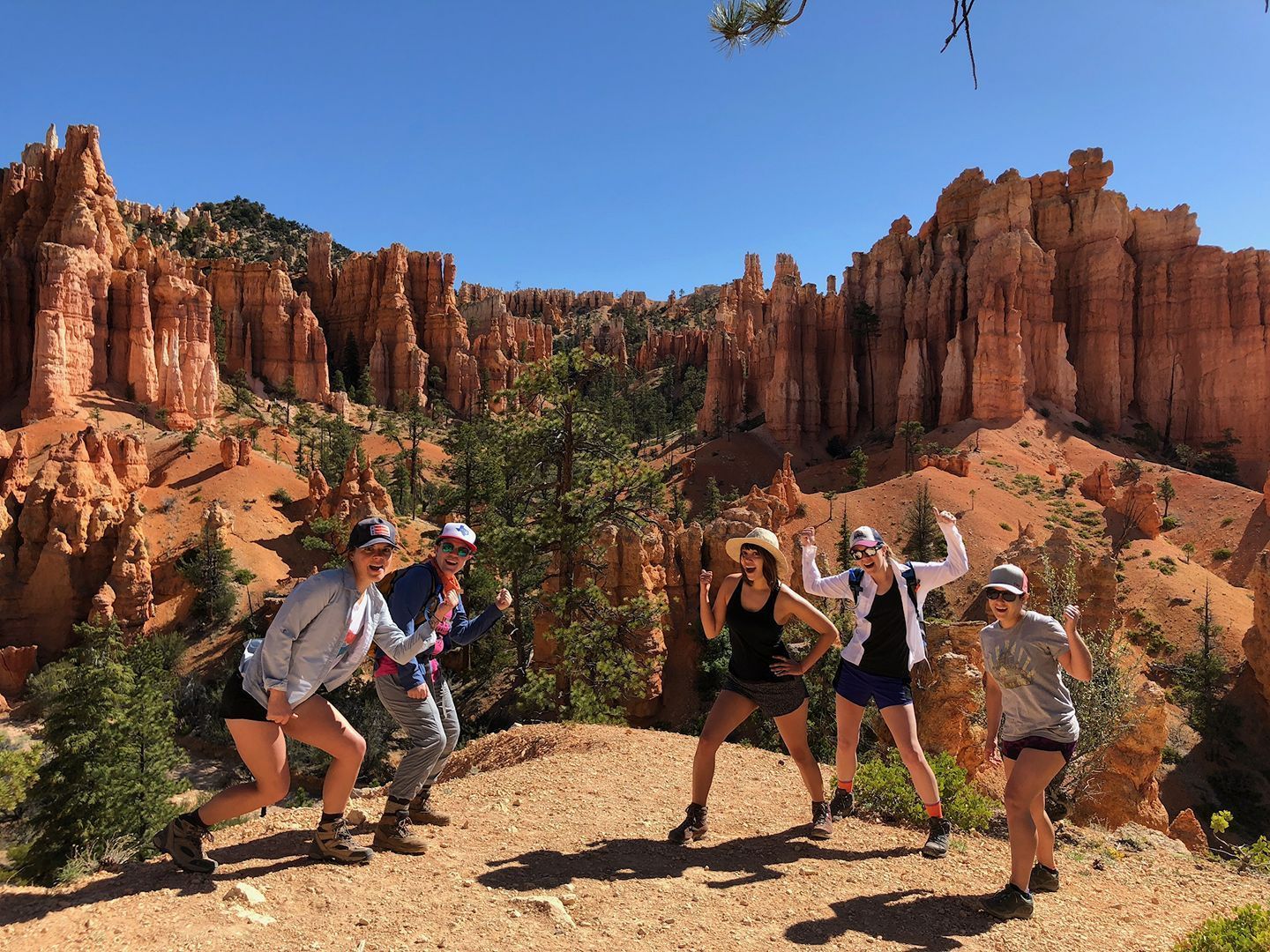Preparing for High-Altitude Hikes in Arizona
Arizona is known for its stunning desert landscapes, red rock formations, and rugged terrain. But beyond the cactus-studded vistas and iconic saguaros, the state also has some of the most challenging and rewarding high-altitude hiking experiences in the Southwest. Whether you’re exploring the peaks of the San Francisco Peaks near Flagstaff or trekking the highlands of the Apache-Sitgreaves National Forest, hiking at higher altitudes in Arizona comes with its own unique set of considerations. To make the most of your high-altitude hiking adventure, it’s crucial to be well-prepared.
In this guide, we’ll walk you through the essential steps to ensure that you’re ready for the challenges and thrills that come with hiking at higher elevations in Arizona.
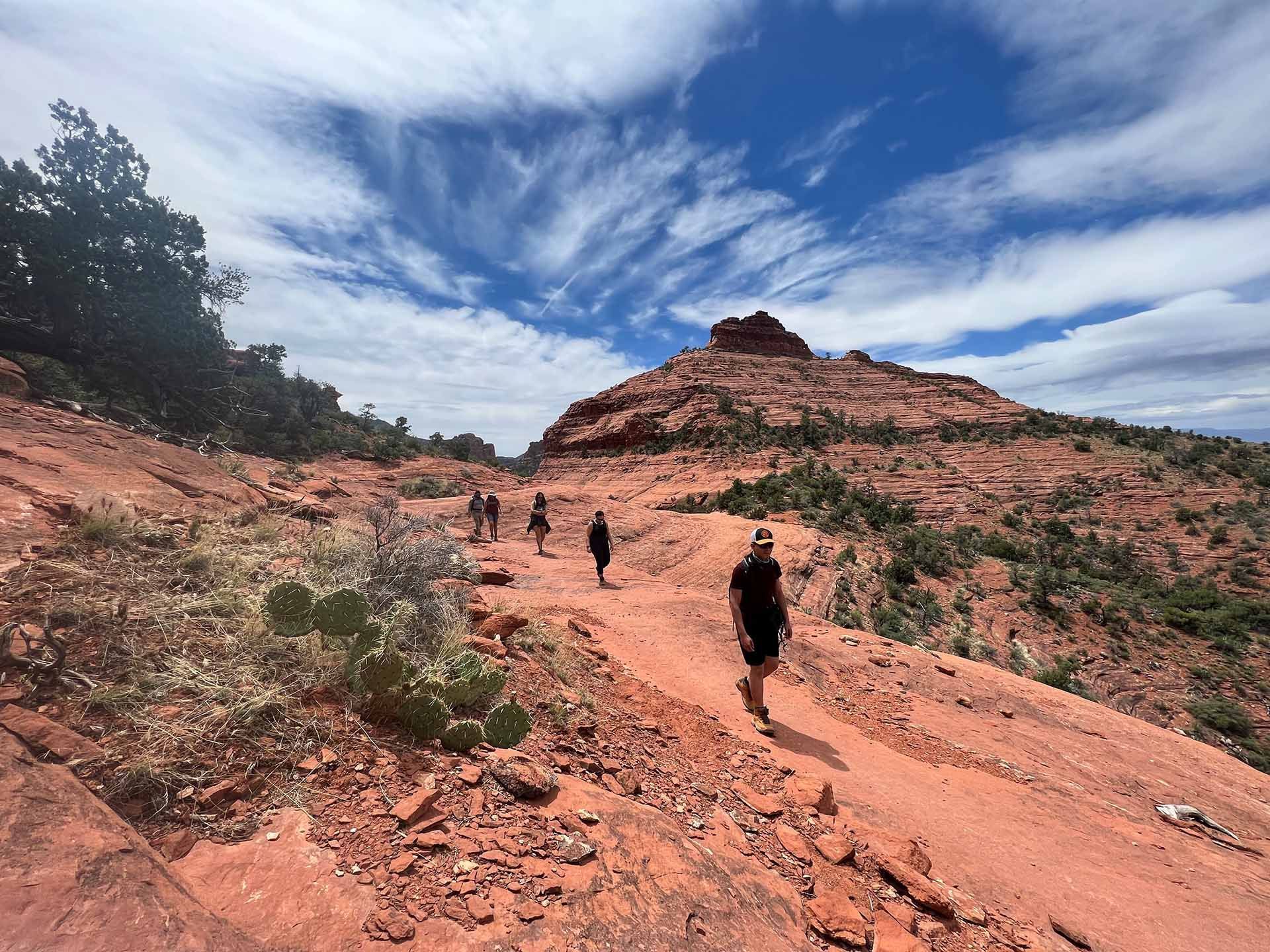
Understanding Arizona's High-Altitude Hikes
High-altitude hikes are typically defined as those that take you above 6,000 feet. In Arizona, many of the state’s mountainous regions, such as the San Francisco Peaks (where the highest point is Mount Humphreys at 12,633 feet), the White Mountains, and the Chiricahua Mountains, offer a variety of trails that take you through forests, across ridges, and up to breathtaking views from summits.
Hiking at higher elevations presents unique challenges because the thinner air can make breathing more difficult. Additionally, the weather can change rapidly in the mountains, and the terrain can be more rugged than lower-altitude hikes. Proper preparation is key to tackling these hikes safely and comfortably.
Popular High-Altitude Hikes and Locations in Arizona
Arizona’s high-altitude trails offer diverse landscapes, ranging from dense forests to rocky peaks, making it an ideal destination for hikers seeking elevation. Here are some of the top high-altitude hikes and locations you should consider for your adventure:
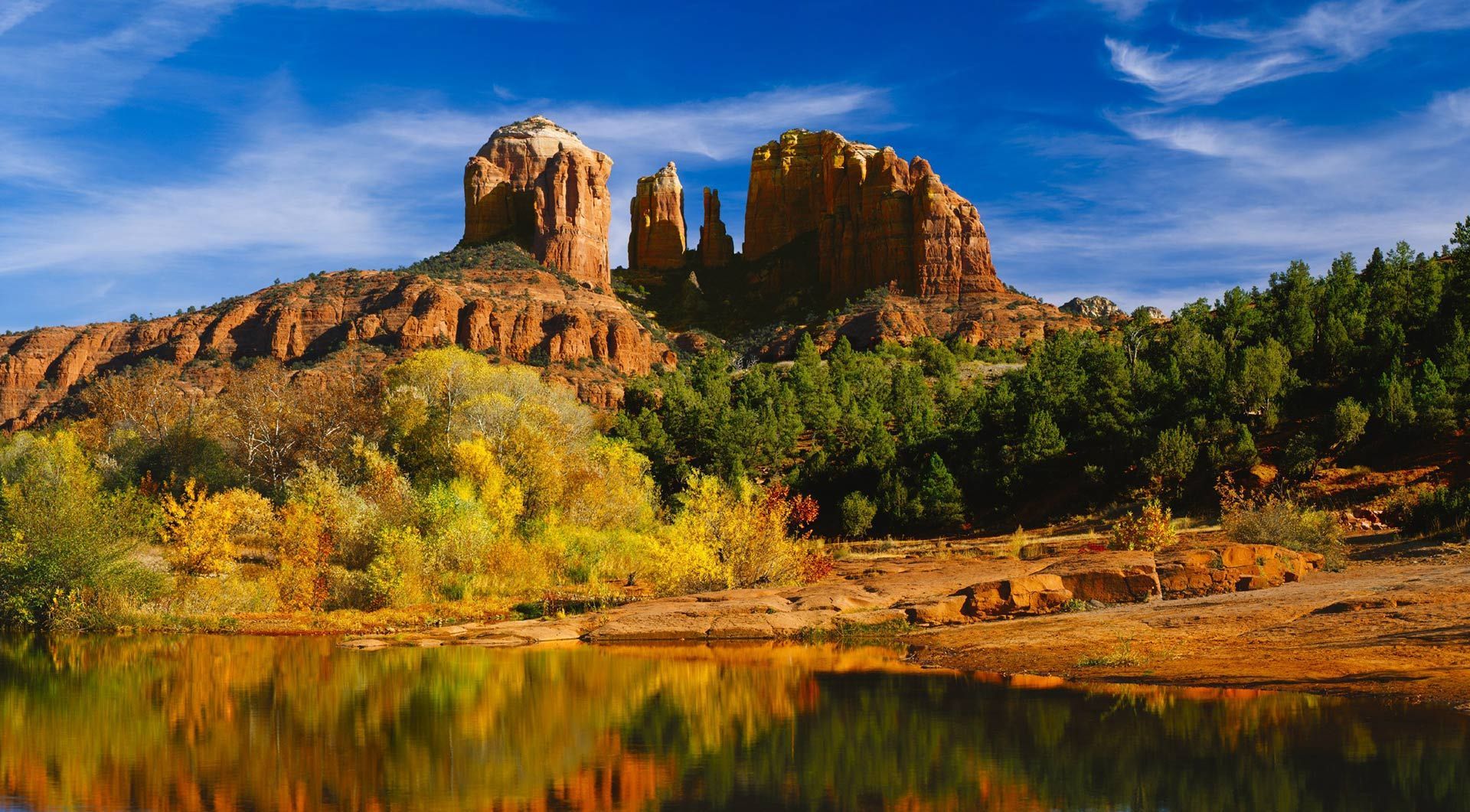
Train Your Body for High Altitudes
One of the most important steps in preparing for high-altitude hikes is physical conditioning. Hiking at elevations above 6,000 feet can be taxing on your body, especially if you’re not used to it. The reduced oxygen levels at higher altitudes can lead to fatigue, shortness of breath, and muscle strain. Fortunately, there are steps you can take to prepare your body for the increased demands of high-altitude hiking.
- Aerobic Fitness: Focus on building cardiovascular endurance through activities such as running, cycling, or swimming. This helps your body become more efficient at delivering oxygen to your muscles.
- Strength Training: Hiking involves both aerobic and muscular endurance. Strengthen your legs, core, and upper body with exercises like squats, lunges, and planks to prepare for the uneven terrain you’ll encounter.
- Altitude Acclimatization: If possible, spend time at higher elevations before your trip to acclimate. This could involve hiking or spending a day or two in areas like Flagstaff (7,000 feet) or the White Mountains. Allowing your body to adjust to the thinner air will reduce your risk of altitude sickness.
- Mount Humphreys (San Francisco Peaks): As the highest point in Arizona, Mount Humphreys stands at 12,633 feet and offers one of the most challenging hikes in the state.
- Mount Wrightson (Santa Rita Mountains): Mount Wrightson, located in the Santa Rita Mountains southeast of Tucson, is another popular high-altitude hike. At 9,453 feet, it’s one of the highest points in the region.
- Payson and the Mogollon Rim: The Mogollon Rim runs for hundreds of miles through central Arizona, and several high-altitude hiking trails are located along this natural boundary.
- White Mountains and Mount Baldy: The White Mountains in eastern Arizona offer some of the highest elevations in the state, with peaks like Mount Baldy towering at 11,403 feet.
- Chiricahua Mountains: Located in southeastern Arizona, the Chiricahua Mountains offer a remote high-altitude hiking experience. While not as high as some other locations, peaks like Chiricahua Peak (7,370 feet) provide incredible views and really cool rock formations.
- Sedona: While not as high as some of Arizona’s other mountain peaks, Sedona's elevation of 4,350 feet still offers a unique high-altitude experience. It's known for its stunning red rock formations and vortex sites, Sedona provides a variety of trails at moderate to high elevations, with stunning views.
These are just a few examples of Arizona’s high-altitude hiking locations. Each of these trails offers a unique opportunity to explore the state's diverse mountain landscapes and challenge yourself at higher elevations.
Acclimate to the Altitude Gradually
Altitude sickness is a common issue when ascending rapidly to higher elevations. Symptoms can include headaches, dizziness, nausea, and fatigue. To avoid altitude sickness, it’s essential to give your body time to adjust.
- Arrive Early: If you’re planning a hike in a high-altitude area, try to arrive a day or two ahead of time. This gives your body a chance to acclimate before you embark on your hike.
- Ascend Slowly: If you’re hiking to higher elevations during your trip, aim for gradual ascents rather than trying to reach the summit in one go. For example, if you’re hiking the San Francisco Peaks, break up the hike into segments to allow for rest periods and better adaptation to the altitude.
- Stay Hydrated: Dehydration is a common issue in high-altitude environments, where the air is often dry. Drink plenty of water throughout the day to keep your body hydrated, which can help prevent altitude sickness and keep your energy levels high.
Know the Terrain and Trail Conditions
Each high-altitude hike in Arizona offers a unique experience, so it’s important to do some research about the trail conditions, difficulty level, and the terrain you’ll encounter. Some high-altitude trails are easier and more accessible, while others require more advanced skills and preparation.
- Research Trails: Websites like AllTrails, local hiking forums, or ranger stations provide up-to-date information on trail conditions, including potential hazards such as snow or ice.
- Plan for Emergencies: Bring a first aid kit, a map or compass (or GPS), and make sure someone knows your route and estimated return time. In remote areas, it’s always a good idea to be prepared for the unexpected.
- Trail Timing: High-altitude hikes can take longer than expected due to the decreased oxygen levels, so plan for slower-than-usual hiking times. Factor in rest breaks and time to acclimate when setting your schedule.

Weather and Safety Considerations
In Arizona’s high-altitude regions, weather can change dramatically, even in the summer months. While daytime temperatures can be warm, evenings and early mornings can be quite cold. It’s crucial to stay on top of weather forecasts and be prepared to adjust your plans if necessary.
- Check Weather Forecasts: Before heading out, check the weather reports for the area you’ll be hiking in. Pay special attention to any warnings for storms, snow, or extreme temperatures.
- Know the Signs of Altitude Sickness: Familiarize yourself with the symptoms of altitude sickness, including headache, dizziness, and nausea. If you begin to feel any of these symptoms, it’s important to stop, rest, and descend to a lower altitude if necessary.
- Emergency Resources: Be aware of emergency services available in the area. Cell service may be limited in some parts of the mountains, so have a backup plan if you get lost or need help.
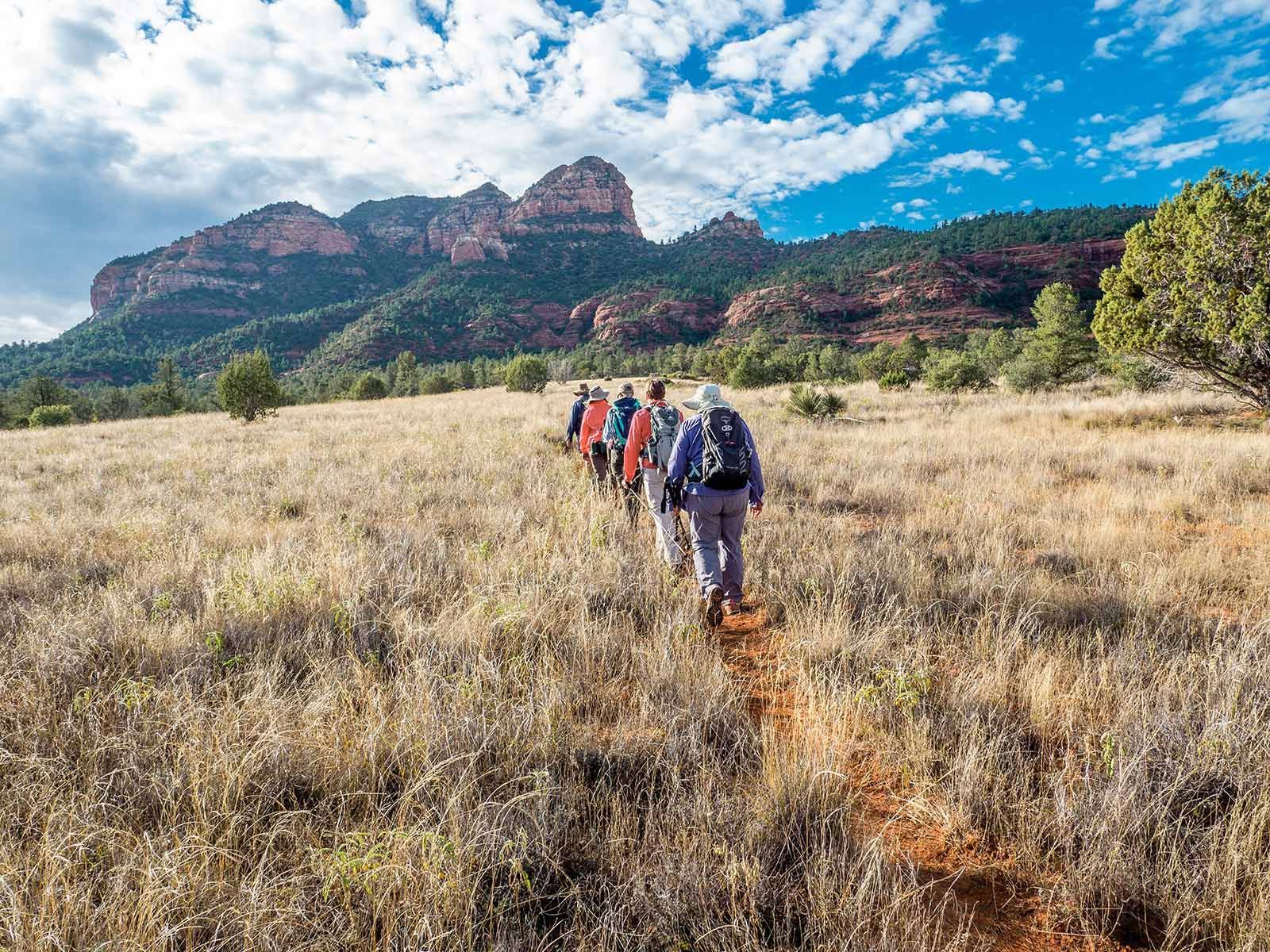
Pack for Success: What to Bring
Packing for a high-altitude hike is a critical step in your preparation. The weather conditions in the mountains can change quickly, and the terrain can be challenging. Here's what you need to pack to ensure you're ready for anything:
- Proper Footwear: Sturdy, supportive hiking boots are essential for navigating rocky and uneven terrain. Look for boots with good ankle support and waterproofing to handle potential mud or snow.
- Layered Clothing: The weather can vary greatly in high-altitude areas. Dress in layers so that you can easily add or remove clothing depending on the temperature. Choose moisture-wicking fabrics to keep sweat off your skin and retain warmth.
- Sun Protection: At higher elevations, the sun’s rays are more intense. Be sure to bring sunscreen with high SPF, sunglasses, and a wide-brimmed hat to protect yourself from sunburns.
- Snacks and Hydration: Bring high-energy, portable snacks like nuts, energy bars, or trail mix to keep your energy levels up. Don’t forget a water filter or extra water bottles to stay hydrated.
- Weather Gear: Always be prepared for sudden changes in weather, especially in Arizona’s mountainous regions. Pack a lightweight rain jacket, gloves, and a hat in case temperatures drop or rain starts unexpectedly.
Enjoy the Adventure: High-Altitude Hiking in Arizona
Hiking in Arizona’s high-altitude terrain is an unforgettable experience. The sweeping views, the diverse ecosystems, and the sense of accomplishment when reaching a summit make every step worthwhile. By preparing your body, packing the right gear, and taking the time to acclimate, you’ll be ready to tackle Arizona’s high-altitude trails with confidence.
Ready to book your hiking trip in Arizona? Check out our trips now and start planning your adventure with expert guides who can help you make the most of your experience. Click here to explore our Sedona hiking trips.
Four Season Guides, 506 N Grant St suite o, Flagstaff, AZ 86004, United States
+19285251552
35.19653980, -111.62000560

